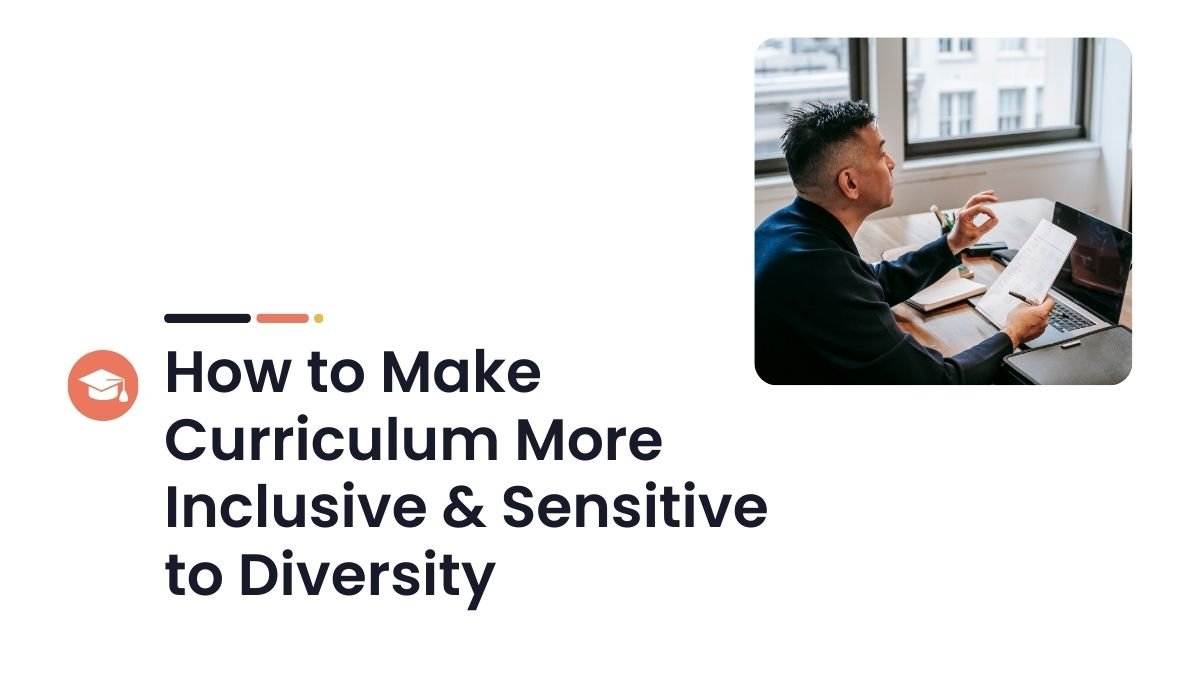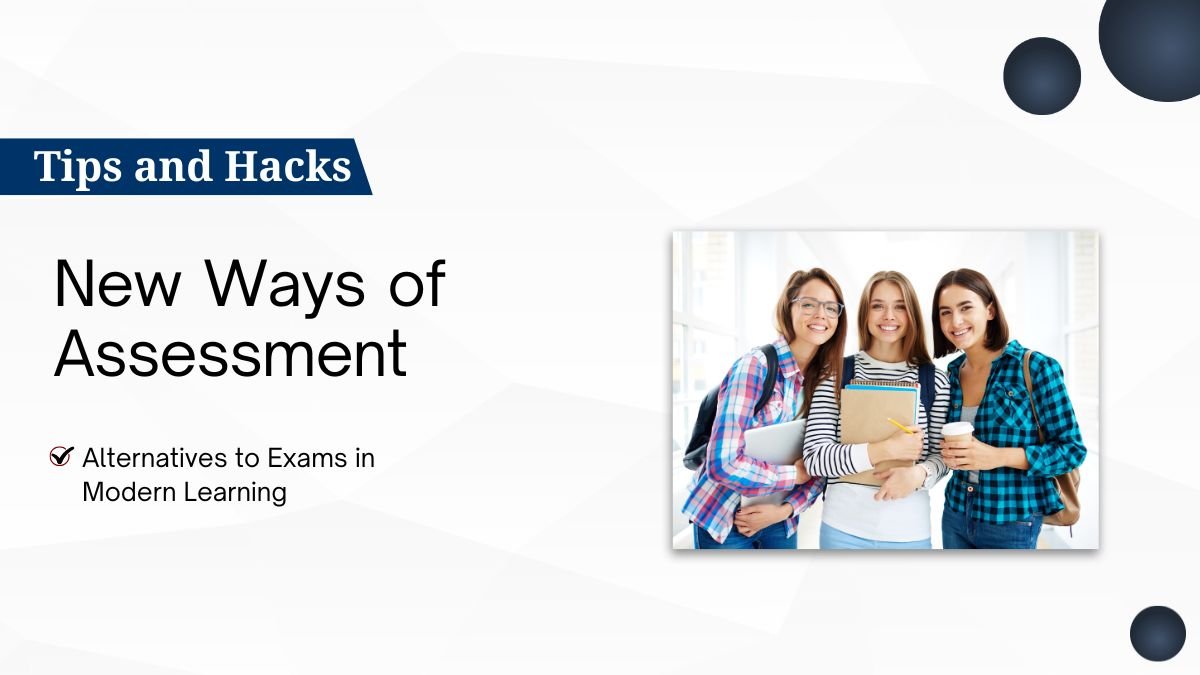Curriculum That Includes Cultural Adaptation and Accountability
Diversity and inclusion are essential in modern education. An inclusive curriculum goes beyond acknowledging students’ backgrounds; it actively integrates diverse perspectives, experiences, and learning needs into teaching. B.Ed students must understand that an inclusive curriculum is both a mindset and a practice, enabling them to contribute to a more equitable and socially responsible learning environment.
1. Diverse Content and Perspectives in the Curriculum
a) Broaden the Sources of Content Aside from the Canon
Include authors, historical accounts, and scientific contributions from diverse cultures, genders, and social backgrounds.
Example: A lesson on the American Revolution can incorporate perspectives of women, tribal communities, and enslaved populations, not just colonial leadership from whites.
b) Localize and Contextualize Content
Incorporate students’ cultural experiences and local history to make lessons relevant and engaging.
Example: In social sciences, discuss local festivals and traditions; in geography, explore local rivers, mountains, or resources.
c) Address Bias and Inequality
Use curriculum as a platform to explore social justice, stereotypes, and inequalities, prompting critical reflection among students.
d) Exhibit Diverse Role Models
Introduce students to successful individuals from various backgrounds to inspire confidence and motivation.
2. Customization of Teaching and Assessment
a) Universal Design for Learning (UDL)
Design lessons with multiple formats (text, audio, visual) to ensure accessibility for all students.
b) Differentiate Instruction
Adapt teaching to students’ learning needs, abilities, and preferred learning styles.
Example: Some students may prefer hands-on activities, while others thrive in discussions or project-based learning.
c) Offer Varied Assessment Styles
Provide multiple ways for students to demonstrate knowledge, including projects, presentations, portfolios, and artistic creations.
d) Flexible Grouping
Group students based on strengths and learning needs to encourage collaboration, leadership, and diverse working styles.
3. Create an Inclusive and Supportive Classroom Environment
a) Know Your Students
Understand students’ backgrounds, interests, and learning preferences to build trust and respect.
b) Create an Inclusive Classroom Culture
Encourage students to co-create community rules, promote active listening, and address discrimination immediately.
c) Use Inclusive Language
Respect all identities through proper names, pronouns, and non-discriminatory language.
d) Organize Activities Inclusive of Cultures
Conduct multicultural fairs or culture and arts shows to nurture empathy and appreciation of diverse cultures.
4. Involve Family and Community
Invite parents and local leaders to share stories, cultural practices, and expertise, strengthening school-community connections and enriching the curriculum.
5. Continuous Reflection and Improvement
Regularly evaluate lessons and curriculum effectiveness. Seek student feedback, attend training on culturally responsive teaching, and exchange best practices with colleagues.
6. Practical Advice for B.Ed Students
- Include Diverse Perspectives: Integrate authors, cultures, and social backgrounds into lessons.
- Flexible Assessment: Use projects, presentations, portfolios, and creative tasks.
- Encourage Active Participation: Promote collaboration, peer assessment, and cultural exchange activities.
- Discuss Social Justice and Inclusivity: Engage students in conversations about prejudice, inequality, and diversity.
- Build Community Connections: Integrate local cultural events and stories into the curriculum.
- Continuous Reflection: Regularly refine teaching methods and content based on feedback and best practices.
Conclusion
An inclusive and culturally adapted curriculum is more than an add-on; it is a values-driven integration across all subjects. It ensures equal opportunity, respect, and relevance, while fostering empathy, intercultural understanding, and social justice awareness among students. B.Ed students must learn and implement culturally relevant teaching strategies to become responsible, sensitive, and effective educators who prepare students to be aware, respectful, and socially conscious citizens.









